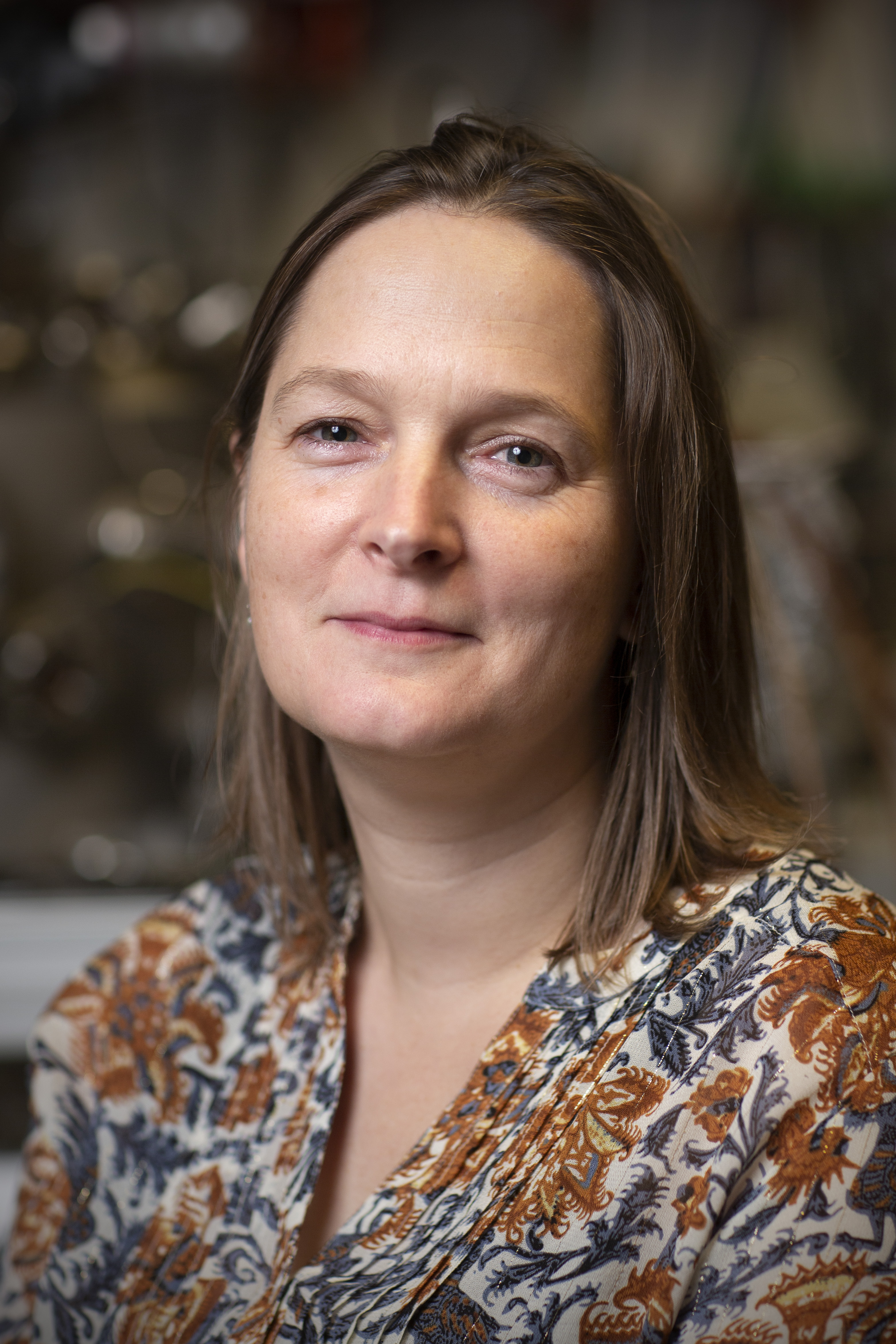AU Researcher Receives €4 Million for the Quest to Uncover the Origins of Life in Space
Professor Liv Hornekær from Aarhus University is awarded €4 million from the European Research Council to strengthen research into the origins of life in space. This grant is part of a Synergy Grant totalling €12 million, awarded to three European universities

This is the third time Liv Hornekær has received a research grant from the European Research Council (ERC). She received an ERC Starting Grant in 2008 and an ERC Consolidator Grant in 2024—both for free and excellent research based on her own research ideas. According to the Ministry of Higher Education and Science, very few researchers receive three ERC grants.
The two other recipients are Professor Peter Saalfrank from the University of Potsdam and Professor Alec Wodtke from the Max Planck Institute for Multidisciplinary Natural Sciences in Göttingen.
The €4 million, equivalent to nearly 30 million Danish kroner, awarded to Liv Hornekær is a further boost to the work she began five years ago when she established the Center for Interstellar Catalysis (InterCat) with about 67 million Danish kroner from the Danish National Research Foundation.
The Big Astrochemical Question
The goal of InterCat is to answer one of the major questions in astrochemistry today: Can the molecular building blocks of life – amino acids, DNA bases, fatty acids, and sugars – form in space, even before new stars and planets are created?
“If they can, it means they would also be present when new stars and planets form elsewhere in the universe. Here, they might contribute to the emergence of life that, at the molecular level, isn’t so different from ours,” says Liv Hornekær.
This is also the goal of the new joint research project, which the researchers call IRASTRO. The difference between InterCat and IRASTRO is that technological developments since 2019 allow for even more ambitious research goals.
Energizing the Ambitions
Recent advancements in materials science and electrical engineering, particularly those made by Varun Verma from the National Institute of Standards and Technology (NIST) in Boulder, Colorado, are key to energizin the higher ambitions. His laboratory is world-leading in developing superconducting nanowire single-photon detectors (SNSPDs) (see fact box), which he has provided to support infrared spectroscopy work by Professor Alec Wodtke at the Max Planck Institute in Göttingen for over ten years.
The NIST lab is affiliated with the Synergy project to develop large SNSPD systems for advanced infrared spectroscopy.
“With the grant for IRASTRO, we gain an entirely new tool for our research. This tool does not exist today, but when we develop it, we will be able to detect infrared light emitted from a single molecule on a surface. Then we can see if even a single molecule of one of life’s molecular building blocks has been formed,” explains Liv Hornekær.
Professor Peter Saalfrank from the University of Potsdam will contribute his expertise in theoretical quantum chemistry and dynamics, necessary to interpret the data the team expects to obtain from the new SNSPD-based spectrometers.
Facts:
The name IRASTRO is a contraction of Infrared Astronomy, a fundamental aspect of the project. It is also more easily pronounced than the formal title, “Molecular Quantum Dynamics in Low Temperature Condensed Phase.”
The IRASTRO project will begin in the first half of 2025.
An SNSPD (Superconducting Nanowire Single-Photon Detector) is an extremely sensitive light detector made from a special material that conducts electricity without resistance when cooled to temperatures close to -273°C. This material is shaped into an ultra-thin wire, thinner than a human hair, and coiled in a maze-like pattern.
SNSPDs can count millions of photons per second and determine when a photon arrives with picosecond (trillionth of a second) accuracy.
You can read more about Center for Interstellar Catalysis in the press release about the grant from Danish National Research Foundation to establish InterCat and on InterCat's homepage.
Contact:
Professor og center leader Liv Hornekær
Department of Physics and Astronomy, Center for Interstellar Catalysis,
Aarhus University
Email: liv@phys.au.dk
Mobile: +45 6166 3133
